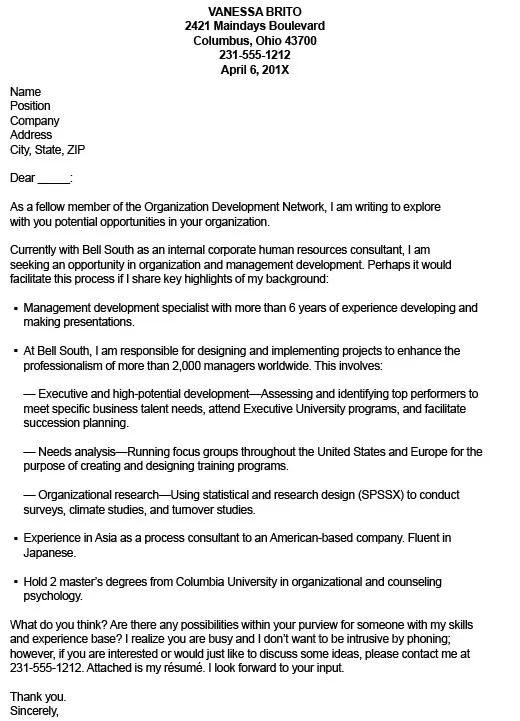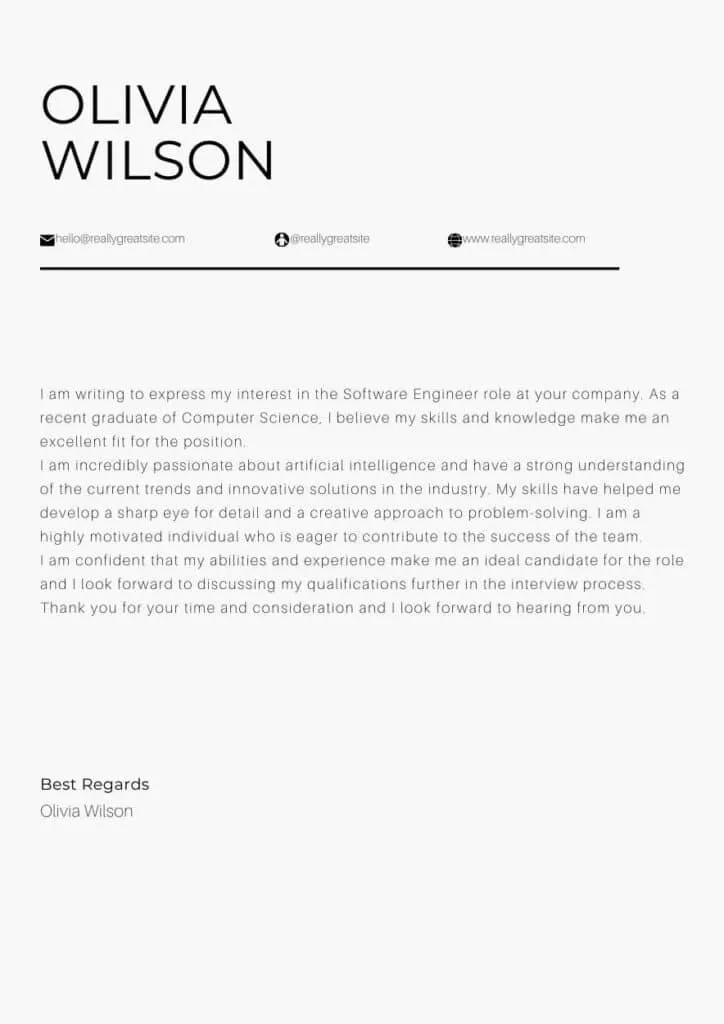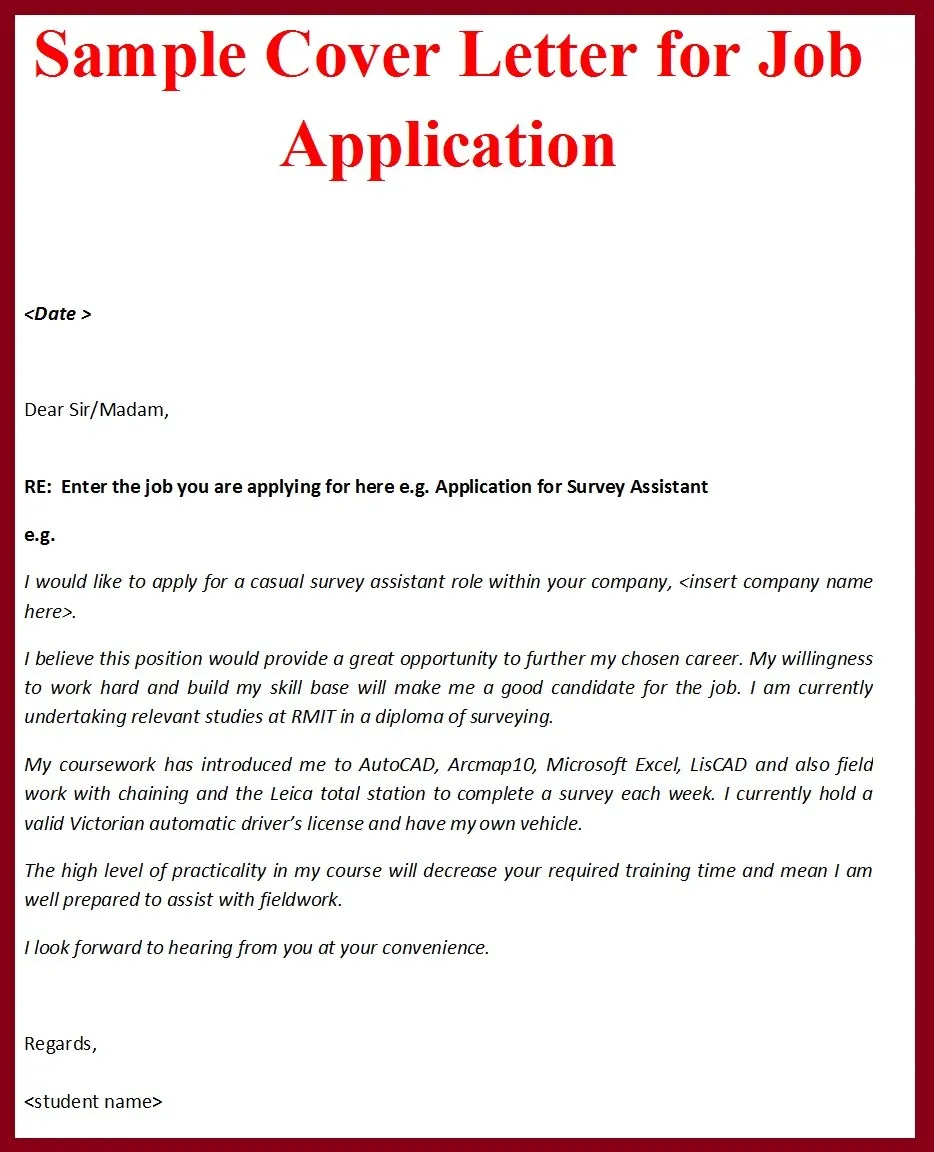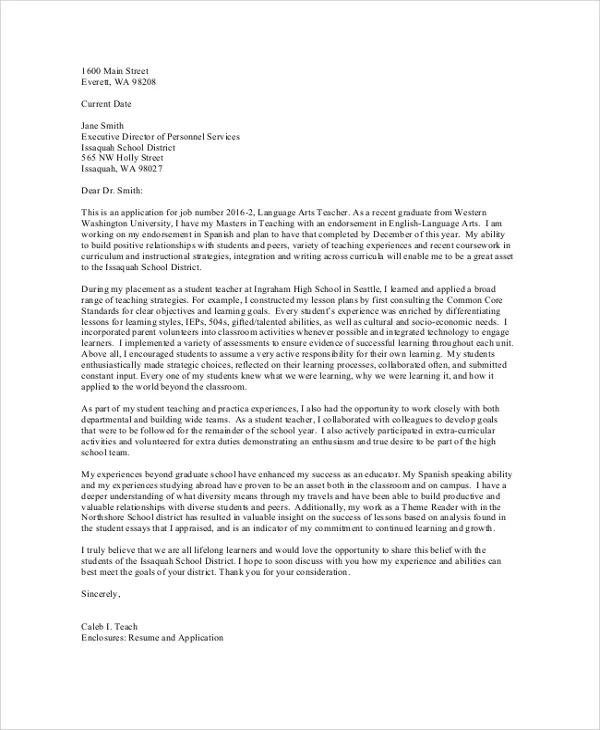Why Cover Letters Are Still Important
In today’s competitive job market, a well-crafted cover letter is your first opportunity to make a strong impression. While resumes provide a snapshot of your skills and experience, a cover letter allows you to tell your story, connect your qualifications to the specific job requirements, and demonstrate your genuine interest in the role and the company. Many job seekers mistakenly believe cover letters are relics of the past but they remain a crucial component of a successful job application strategy. They offer a platform to highlight your personality, express your enthusiasm, and showcase how your unique background aligns with the company’s values and goals. In fact, many hiring managers still actively read cover letters to gauge a candidate’s writing skills, communication abilities, and overall fit for the position.
Cover Letter Essentials Header and Contact Information
Your cover letter should start with a professional header that includes your contact information. This ensures the hiring manager can easily reach you. Include your full name, phone number, email address, and optionally, your LinkedIn profile URL or personal website. Make sure your contact information is accurate and up-to-date. Below your contact details, add the date and the hiring manager’s name and title, if known. Addressing the letter to a specific person shows you’ve done your research and are genuinely interested in the role. If you can’t find the hiring manager’s name, use a professional greeting like “Dear Hiring Manager”.
Crafting a Compelling Cover Letter Introduction

The introduction of your cover letter is your first and arguably most important opportunity to grab the reader’s attention. It should be concise, engaging, and immediately convey your enthusiasm for the position. Start by stating the specific job you’re applying for and where you found the listing. Then, briefly highlight your key qualifications or a unique accomplishment that makes you stand out. Avoid generic opening lines. Instead, focus on expressing your excitement about the opportunity and what makes you a strong fit for the role. Consider mentioning something specific that attracted you to the company or the position. A strong introduction sets the tone for the rest of your letter and encourages the reader to continue.
Highlighting Your Skills and Experience (Tip 1)
The body of your cover letter is where you connect your skills and experience to the job’s requirements. Carefully review the job description and identify the key qualifications the employer is seeking. Then, provide specific examples from your work history that demonstrate how you’ve successfully used those skills. Don’t just list your responsibilities. Instead, use the STAR method (Situation, Task, Action, Result) to describe your accomplishments. For example, instead of saying “Managed social media accounts,” you could write, “Increased social media engagement by 30% within six months by implementing a new content strategy (Action), resulting in a significant rise in website traffic (Result).” This level of detail helps the hiring manager understand the value you bring.
Tailoring Your Cover Letter to the Job Description (Tip 2)
One of the biggest mistakes job seekers make is using a generic cover letter for every application. Tailoring your cover letter to each job is essential for showcasing your genuine interest and demonstrating that you’ve carefully considered the specific requirements of the role. Start by thoroughly reading the job description and identifying the key skills, qualifications, and experiences the employer is seeking. Then, customize your letter to address these specific needs. Use the same keywords and phrases from the job description to show you understand the role and what the employer is looking for. This targeted approach significantly increases your chances of getting noticed and moving to the next stage of the hiring process. Show the reader you understand the role and responsibilities.
Showcasing Your Accomplishments (Tip 3)

While listing your job duties is helpful, showcasing your accomplishments is much more impactful. Accomplishments demonstrate your ability to deliver results and add value to an organization. Whenever possible, quantify your achievements using numbers, percentages, or specific data. For example, instead of saying “Improved customer satisfaction,” you could write “Increased customer satisfaction scores by 15% through the implementation of a new customer service protocol.” Focus on outcomes, not just tasks. Describe how your actions led to positive results, such as increased revenue, improved efficiency, or reduced costs. Highlighting your accomplishments allows the hiring manager to see the tangible benefits you can bring to the company.
Demonstrating Your Enthusiasm and Company Research (Tip 4)
Employers want to hire individuals who are genuinely interested in their company and the specific role. Demonstrating your enthusiasm requires more than just stating “I am excited about this opportunity.” It means showing that you’ve researched the company, understand their mission and values, and see how your skills align with their goals. In your cover letter, mention something specific that attracted you to the company, such as their innovative culture, their commitment to a particular cause, or a recent project they’ve completed. Explain why you are interested in the role. By showing that you’ve done your homework, you signal your commitment and increase your chances of making a positive impression.
Cover Letter Formatting and Design (Tip 5)
Your cover letter should be easy to read and visually appealing. Use a professional font, such as Times New Roman, Arial, or Calibri, and maintain a consistent font size (typically 11 or 12 points). Use single-spaced paragraphs with a space between each paragraph for readability. Keep the letter concise – ideally, no more than one page. Use clear headings and bullet points to break up the text and make it easier to scan. Proofread your cover letter carefully for any grammatical errors or typos. Consider using a clean, simple layout that is consistent with your resume and reflects a professional image. A well-formatted cover letter shows attention to detail and respect for the reader’s time.
Cover Letter Conclusion Call to Action

Your cover letter conclusion should leave a lasting positive impression and include a clear call to action. Summarize your key qualifications and reiterate your interest in the position. Express your enthusiasm for the opportunity and your desire to discuss your qualifications further in an interview. End with a polite and professional closing, such as “Sincerely” or “Best regards,” followed by your full name. Thank the hiring manager for their time and consideration. Consider including a subtle call to action such as “I am eager to learn more about this opportunity and discuss how my skills and experience can benefit your team.”
Common Cover Letter Mistakes to Avoid
Avoid these common cover letter mistakes. Do not send generic letters; always tailor each cover letter to the specific job. Avoid grammatical errors and typos by proofreading carefully. Do not exceed one page in length. Do not simply repeat your resume; provide additional context and insights. Avoid sounding too casual or overly familiar. Do not use jargon or clichés. Avoid negative language or complaints about past employers. By avoiding these pitfalls, you’ll significantly increase your chances of creating a cover letter that gets you noticed.
